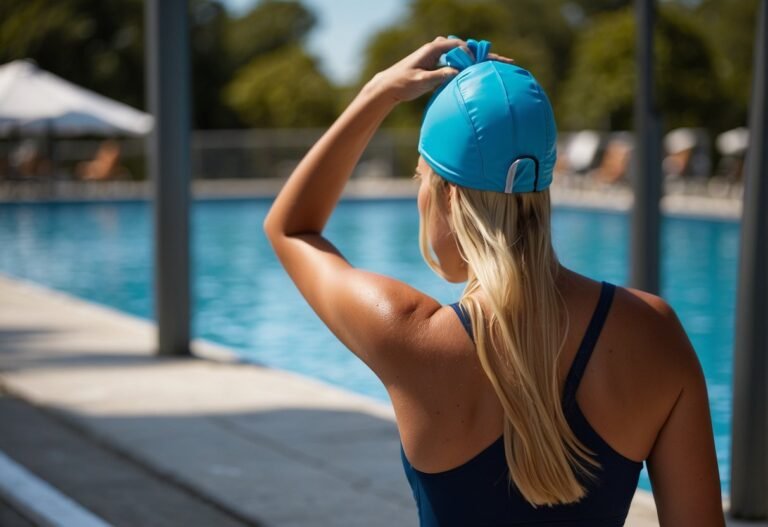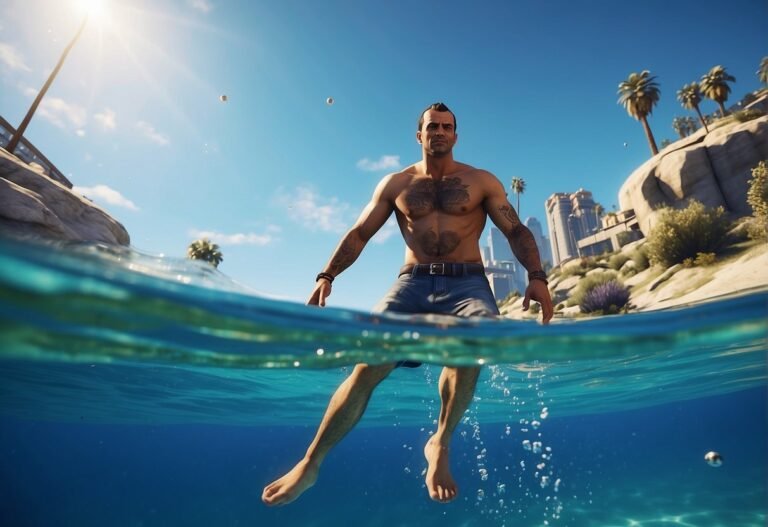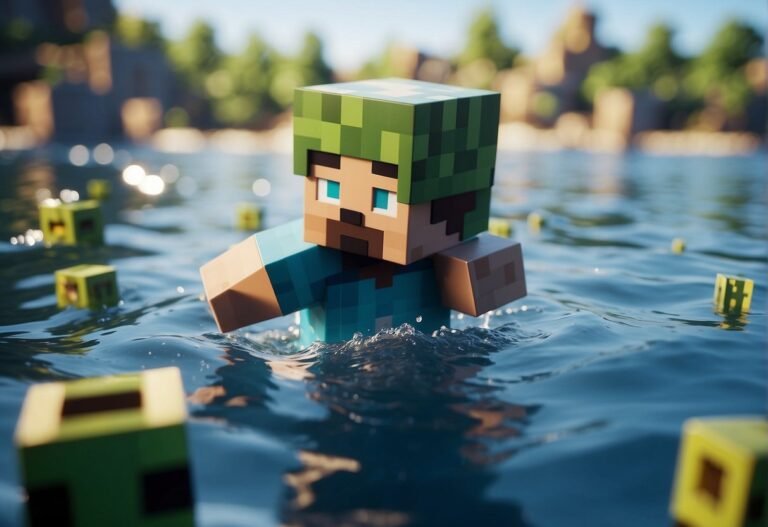Wait no more with “How Long to Swim After Shock: Experts Explain,” where pool care experts break down the essential timing for safe swimming after treating your pool. Dive into the details and ensure your post-shock swims are both enjoyable and safe.
What is a Pool Shock and the Chlorine Basics

The Chemistry Behind Shocking Your Pool
Shocking your pool is like hitting the reset button on your water chemistry. It involves adding a powerful oxidizer to break down chloramines, which are the pesky compounds that cause that well-known chlorine odor and can irritate your skin and eyes. Here’s a snapshot of what happens chemically:
- Free Available Chlorine (FAC): This is the chlorine that’s actively sanitizing your pool. When it’s used up, it turns into chloramines.
- Breakpoint Chlorination: Shocking brings chlorine levels high enough to break apart chloramines and restore chlorine’s sanitizing power.
- Cyanuric Acid (CYA): Also known as stabilizer, CYA protects chlorine from sunlight degradation. But, too much CYA requires higher levels of chlorine to maintain effectiveness.
When you shock your pool, you’re ensuring that the free chlorine level is at a concentration that’s both effective against pathogens and safe for swimmers.
Types of Pool Shock and Their Uses
There are primarily two types of pool shock to know about – calcium hypochlorite (cal-hypo) and dichlor shock. Here’s how they differ:
Calcium Hypochlorite:
- Active Ingredient: 65%-75% available chlorine
- Best For: Heavy-duty shocking and frequent use
- PH: Raises pH levels
- Usage Notes: Typically requires 8 hours or more before swimming is safe
Dichlor Shock:
- Active Ingredient: Usually around 56-62% available chlorine with built-in CYA
- Best For: Quick dissolving applications with lower impact on pH
- Usage Notes: Allows for swimming much sooner than cal-hypo, though always check the label for specific guidance
In contrast, non-chlorine shock is another option. It’s great for regular maintenance, oxidizes quickly, and you can usually swim just 15 minutes after application. Remember, the choice of shock affects not just your swim plans but the overall balance of your pool’s water chemistry.
Proper Procedure for Shocking a Pool
When and How to Properly Shock Your Pool
Shocking your pool is an essential step in maintaining crystal clear and healthy water. To start, pick the best time, ideally after sunset, as UV rays can diminish the effectiveness of chlorine. You’ll want your pool pump running to ensure proper circulation and even distribution of the shock product.
Follow these quick steps:
- Test your pool water using a reliable test kit to determine current pH levels, alkalinity, and sanitizer levels. Your pH should ideally be between 7.2 and 7.6.
- Don your safety gear, including goggles and gloves.
- Read the product label instructions carefully.
- Based on your pool size, calculate the amount of shock product needed.
- If using granular shock, you may need to pre-dissolve it in water. Use a 5-gallon bucket for this, filling it three-quarters full before adding the shock.
- Add the shock solution to your pool, distributing it around the edges with your pump running.
- Keep the pump running for at least 8 hours to ensure complete contaminants elimination.
Safety Measures and Considerations
Maintaining your pool’s safety requires attention to detail. First and foremost, always handle chemicals with care, wearing protective equipment to protect your skin and eyes.
Here are key safety points to keep in mind:
- Never mix different chemicals as this could cause dangerous reactions.
- Store pool chemicals in a cool, dry place away from pets and children.
- After shocking, keep an eye on the sanitizer levels; the water should have a sanitizer level below 5 ppm before anyone dives in.
- Regularly check your pH levels and alkalinity; proper water balance is vital for the effectiveness of your sanitizer and ensures a longer life for your pool liners and equipment.
- Use a DPD test kit for accurate sanitizer level readings.
- Remember that shocking your pool is also an excellent time to add a pool clarifier, but ensure that the product is compatible with the shock treatment.
- Maintain calcium hardness between 200 and 400 ppm to protect the pool surface and equipment from damage.
How Long to Swim After Shock? Safety for Swimmers

Waiting Period Before Swimming After Shocking
After adding substantial chemicals during the shocking process, waiting is non-negotiable. For your safety:
- Wait at least 8 hours: This is the minimum time you should stay out of the pool water after shocking with chlorine-based products.
- Up to 24 hours: Depending on chlorine strength and shock dosage, some situations require a full day before it’s safe to dive back in.
Use this waiting period to allow chemicals to dissipate and ensure that the pool water is not only clear but also free from harmful chlorine byproducts and pathogens.
Evaluating Water Safety and Quality
Before jumping into the pool, conducting a water test is crucial. Follow these steps to guarantee the water’s safety:
Test the Water:
- Free Chlorine Levels: Make sure they are at or below 5 parts per million (ppm).
- pH Levels: Check that they are at or below 7.6 to avoid skin and eye irritation.
Look for Clear Water: Cloudy pool water can be a sign of imbalances and should not be swum in until clarity is restored.
Sense any Strong Odors: A strong chlorine smell indicates the presence of chloramines, which can cause respiratory issues and should be resolved before swimming.
FAQ:
How soon after adding shock can you swim?
After adding shock to your pool, wait at least 8 hours before swimming to ensure safety.
Can you swim 15 minutes after shocking the pool?
No, you should not swim 15 minutes after shocking the pool; it’s best to wait until chlorine levels normalize.
How long does it take for pool to clear up after shock?
It typically takes 24 hours for a pool to clear up after being shocked.
Is it safe to swim in a cloudy pool after shocking?
Swimming in a cloudy pool after shocking isn’t safe; wait until the water clears and chlorine levels are safe.






